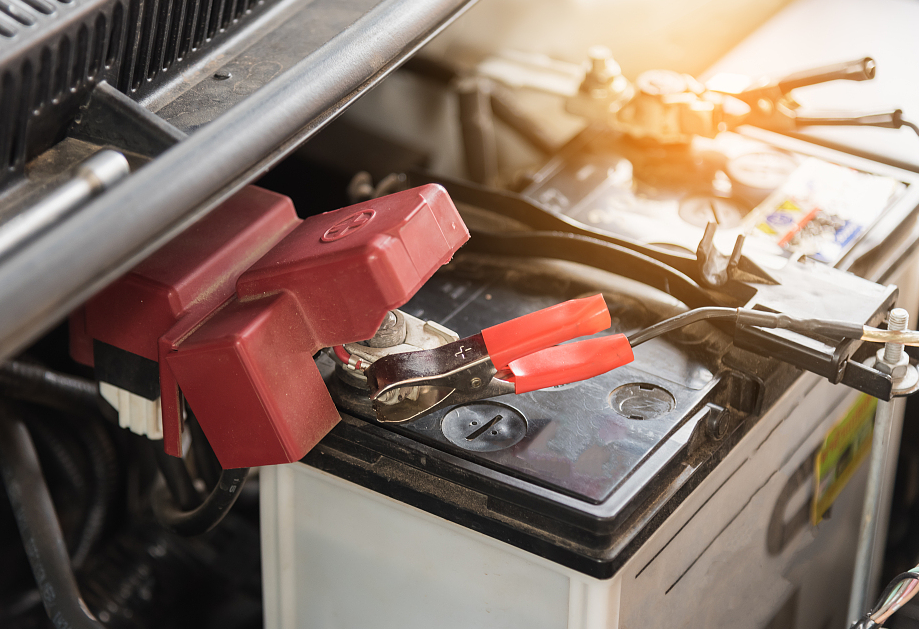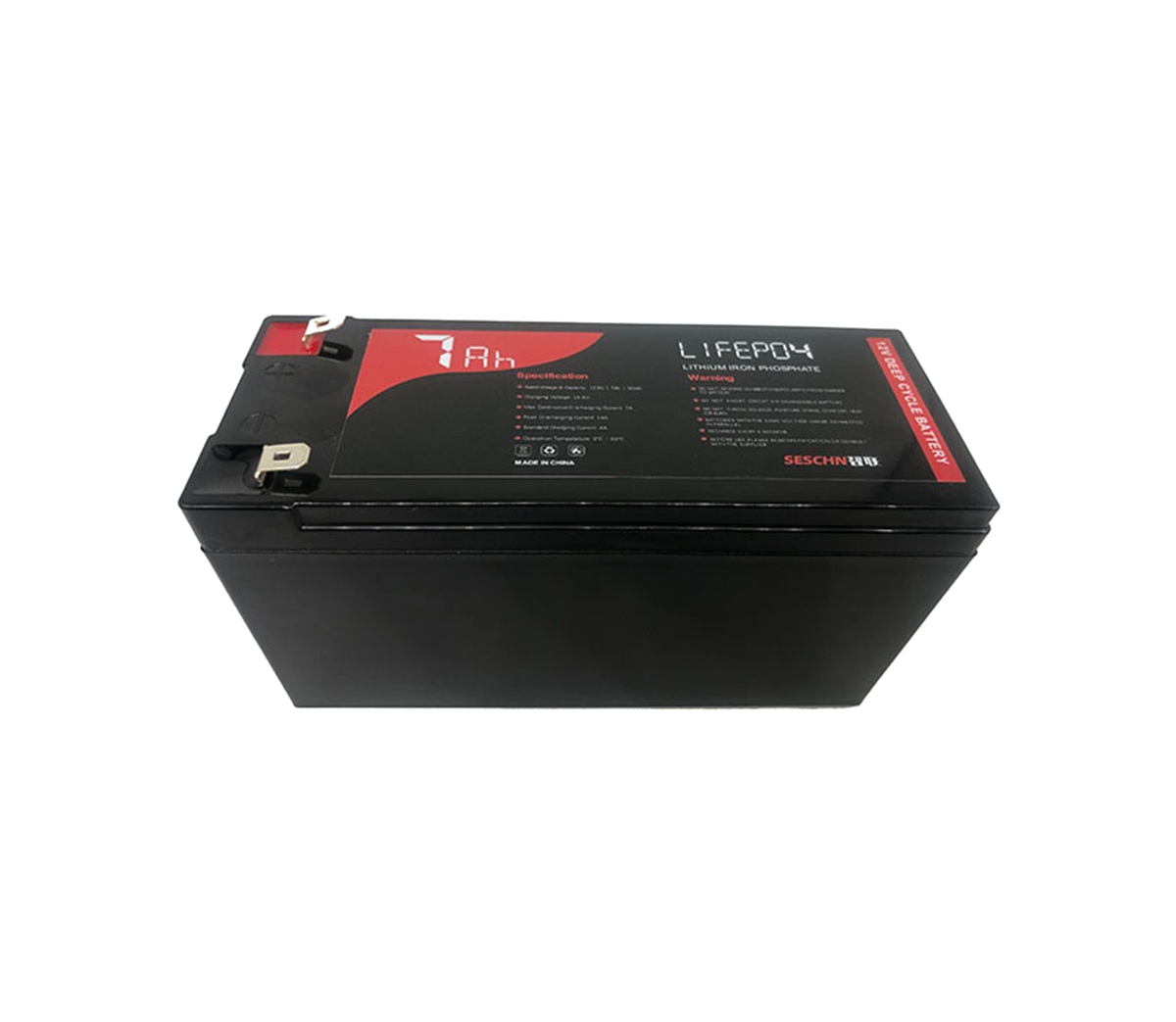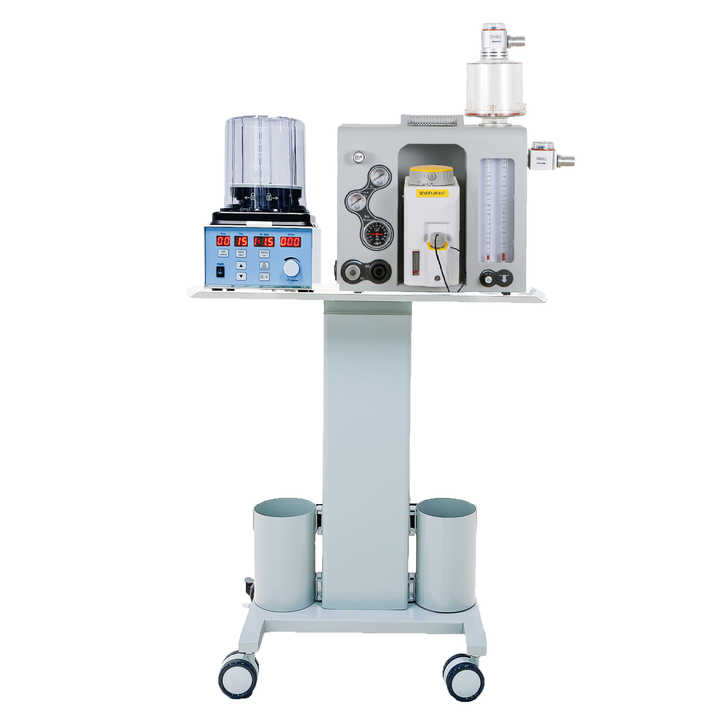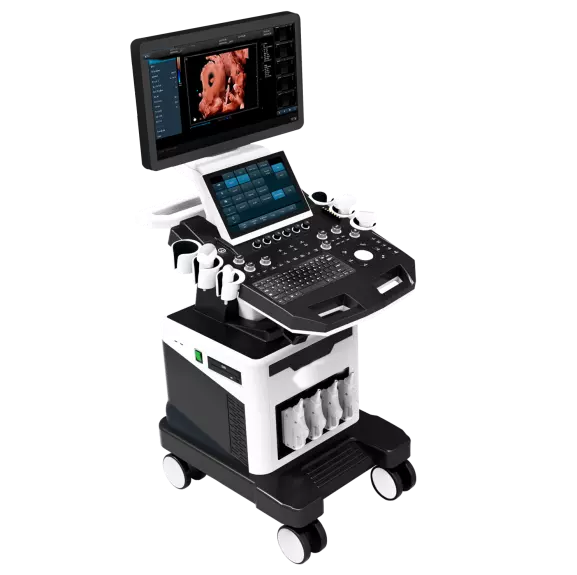Analysis of safety problems and failure ways of lithium batteries
Lithium-ion batteries are prone to accidents such as fire and explosion,
which are essentially caused by their chemical nature. We study the safety
failure mechanism of lithium batteries, which can be divided into two
categories: internal factors and external factors.

Internal factors refer to the impact of the battery's material composition
and production process on battery safety; external factors refer to the
battery's thermal runaway caused by certain special use conditions during use,
such as overcharging, extrusion, etc. Cause swelling, smoke or even fire.
Li-ion battery safety issues performance Li-ion battery safety issues are
mainly manifested as:
l Fire, direct burns to the human body, or a fire hazard to battery-powered
electronic products;
l Explosion, directly endangering the human body, or destroying the
equipment, and causing serious secondary hazards;
l Overheating can directly cause burns to the human body, or cause a
decrease in insulation level and performance of safety components, or ignite
flammable liquids;
l Leaking liquid may cause direct contact or inhalation of human body to
cause chemical corrosion hazards, or cause internal insulation failure of
battery-powered electronic products, and indirectly cause electric shock, fire
and other hazards;
l Electric shock. For battery packs whose output voltage exceeds the safe
voltage limit, an electric shock may also be caused.
Lithium-ion battery failure mainly occurs in the following ways:
The first approach is mainly related to the internal short circuit of
lithium-ion batteries.
The internal short circuit of lithium ion batteries is the most important
cause of safety problems, and most of the safety problems are caused by internal
short circuits. Generally, it is caused by metal impurities mixed in during the
production process, burrs caused by shearing of the electrode metal foil,
formation of lithium dendrites during use, and accidental mechanical stress such
as extrusion. A large amount of heat is generated when an internal short circuit
occurs, which causes safety issues.
The second approach is mainly related to circuit failure.
In order to perform charge and discharge management and safety protection
for lithium ions, it is necessary to design a charge and discharge management
circuit.
In the packaging process, a protective circuit board needs to be added to
the battery pack. The internal or external circuits of these battery packs may
malfunction, which may cause over-voltage charging, over-charging,
over-discharging, external short-circuit, and overload of the battery. These
conditions may lead to dangers such as overheating, fire, and explosion.
The third way is mainly related to misuse and abuse.
Misuse and abuse include use or storage at high temperatures (such as in
the car), the user uses the wrong charger (overvoltage charging), reverse
polarity charging, and the battery terminal is being carried by an external
conductor (metal, metal, Solution, etc.) short circuit. These misuse and abuse
may cause the battery to emit a lot of heat, and even cause thermal runaway.
The fourth way is mainly related to the rupture of the battery casing.
The causes of shell rupture include internal and external stress. Internal
stress refers to the internal and external pressure difference caused by
reactions such as excessive discharge; external stress refers to normal or
accidental mechanical stress during transportation and use, such as vibration,
acceleration shock, and drop caused by the shell rupture. A rupture of the
casing will cause the electrolyte inside to leak, which may cause danger.
The fifth approach is mainly related to consistency.
In a battery pack composed of multiple batteries (cells) in series,
parallel, and series-parallel, the consistency of internal resistance, open
circuit voltage, and capacity between the batteries will cause damage to a
certain battery or battery inside the battery pack. Overvoltage charging and
undervoltage discharging of parallel blocks cause safety problems.
There are many reasons for the failure of lithium-ion batteries. Different
reasons may cause the same result and phenomenon. Some are direct causes and
some are indirect. Therefore, in the failure analysis of lithium-ion batteries,
the various levels of causes that cause the failure should be analyzed to
eliminate the possible causes. Factors excluded, and then derive the root
cause.

Lithium-ion battery (LIB) has become the main energy storage solution in
modern social life. Among them, lithium iron phosphate batteries are a perfect
substitute for lead-acid batteries, and are the first choice for grid-connected
peak shaving, off-grid energy storage, photovoltaic energy storage, UPS, data
center and other industries.




































